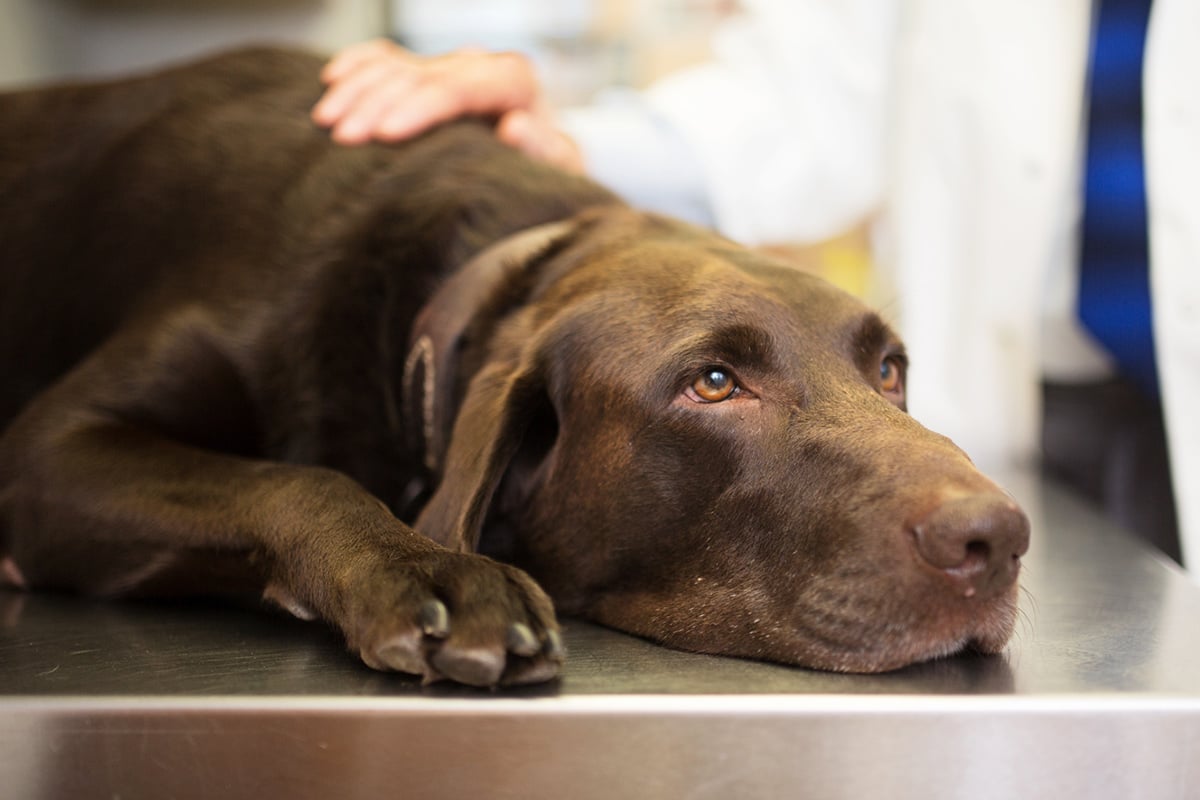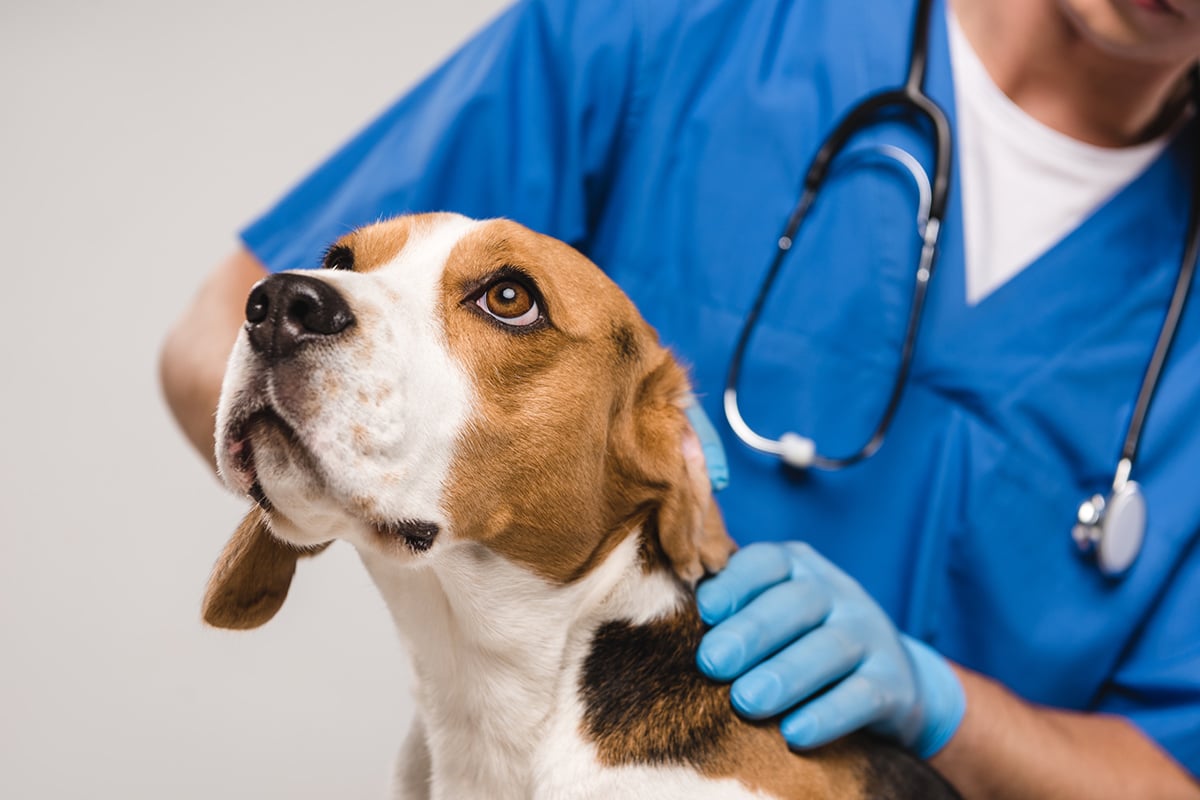If your dog has been diagnosed with heartworm, it’s normal to feel worried and overwhelmed. Heartworm disease is serious, but with the right treatment plan, many dogs can survive and even make a full recovery. Whether you’re dealing with a current case or trying to prevent one, understanding the risks, treatment process, and outcomes is key to giving your dog the best chance at a healthy life.
What Is Heartworm Disease?
Heartworm disease is caused by parasitic worms (Dirofilaria immitis) that are spread through the bite of an infected mosquito. Once inside a dog’s body, the worms grow and settle in the heart, lungs, and associated blood vessels, leading to severe lung disease, heart failure, and damage to other organs.
While heartworm can affect any dog, those in warm, humid climates where mosquitoes thrive are especially at risk.
Can Dogs Survive Heartworm?
Yes, dogs can survive heartworm — especially when the disease is caught early and treated by a veterinarian. However, survival depends on several factors, including:
- How advanced the infection is
- Your dog’s overall health and age
- How quickly treatment begins
Even dogs with advanced heartworm disease have recovered, but the earlier it’s diagnosed, the better the prognosis.

Can Dogs Recover From Heartworm?
Recovery is possible — but it takes time, commitment, and close monitoring. Treating heartworm is a multi-step process, typically lasting several months. The goal is to kill the adult worms without causing dangerous complications and to minimize permanent damage to your dog’s heart and lungs.
Here’s what recovery typically looks like:
1. Initial Evaluation and Stabilization
If your dog is showing signs of illness — such as coughing, fatigue, or labored breathing — your vet may first focus on stabilizing them with medication before beginning the full treatment protocol.
2. Kill the Worms
The most common treatment involves a series of injections that kill adult heartworms. This is typically paired with other medications to reduce inflammation and eliminate microfilariae (larval worms) from the bloodstream.
3. Strict Rest and Monitoring
During treatment, it’s essential to keep your dog calm and limit physical activity. As the worms die off, they can cause blockages or inflammation, which rest helps prevent. This can be the hardest part of recovery — especially for energetic dogs — but it’s one of the most important.
4. Follow-Up Testing
After the final treatment, your vet will schedule follow-up tests (typically 6 months later) to confirm the infection is gone. Continued checkups ensure that no additional complications arise and that your dog is fully recovering.

Long-Term Outlook After Heartworm Treatment
Most dogs who receive timely and appropriate treatment for heartworm go on to live full, healthy lives. However, if the disease was advanced, some may have lasting damage to the heart or lungs that requires ongoing care.
That’s why prevention is always the best medicine.
Preventing Heartworm in Dogs
Heartworm prevention is simple, affordable, and far less risky than treatment. Monthly preventatives (oral, topical, or injectable) protect your dog from infection — even in high-risk areas. Your vet can help you choose the best option based on your dog’s lifestyle and health history.
Annual heartworm testing is also essential, even if your dog is on prevention year-round. Early detection gives your dog the best chance at recovery if exposure does occur.
Keeping Your Dog Safe From Heartworm
If you’ve been wondering can dogs survive heartworm or can dogs recover from heartworm, the answer is yes — with the right care, many dogs recover and go on to live happy, active lives. But prevention is your strongest tool. Talk to your veterinarian about heartworm testing and preventive medications, and make them part of your dog’s regular wellness plan.
At North Shore Animal League America, we believe in giving every animal the chance at a healthy future — and that starts with education, early care, and a little love.


